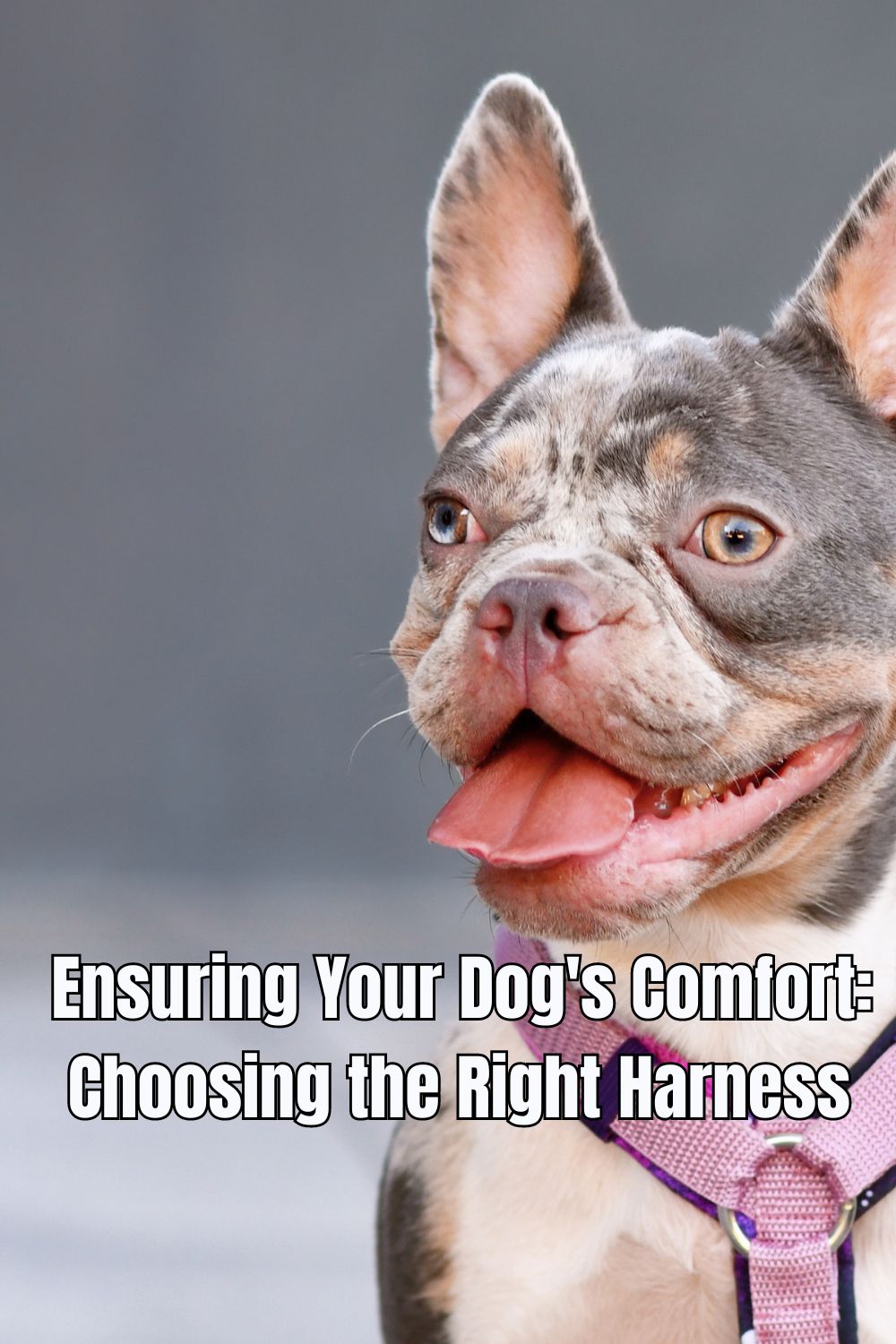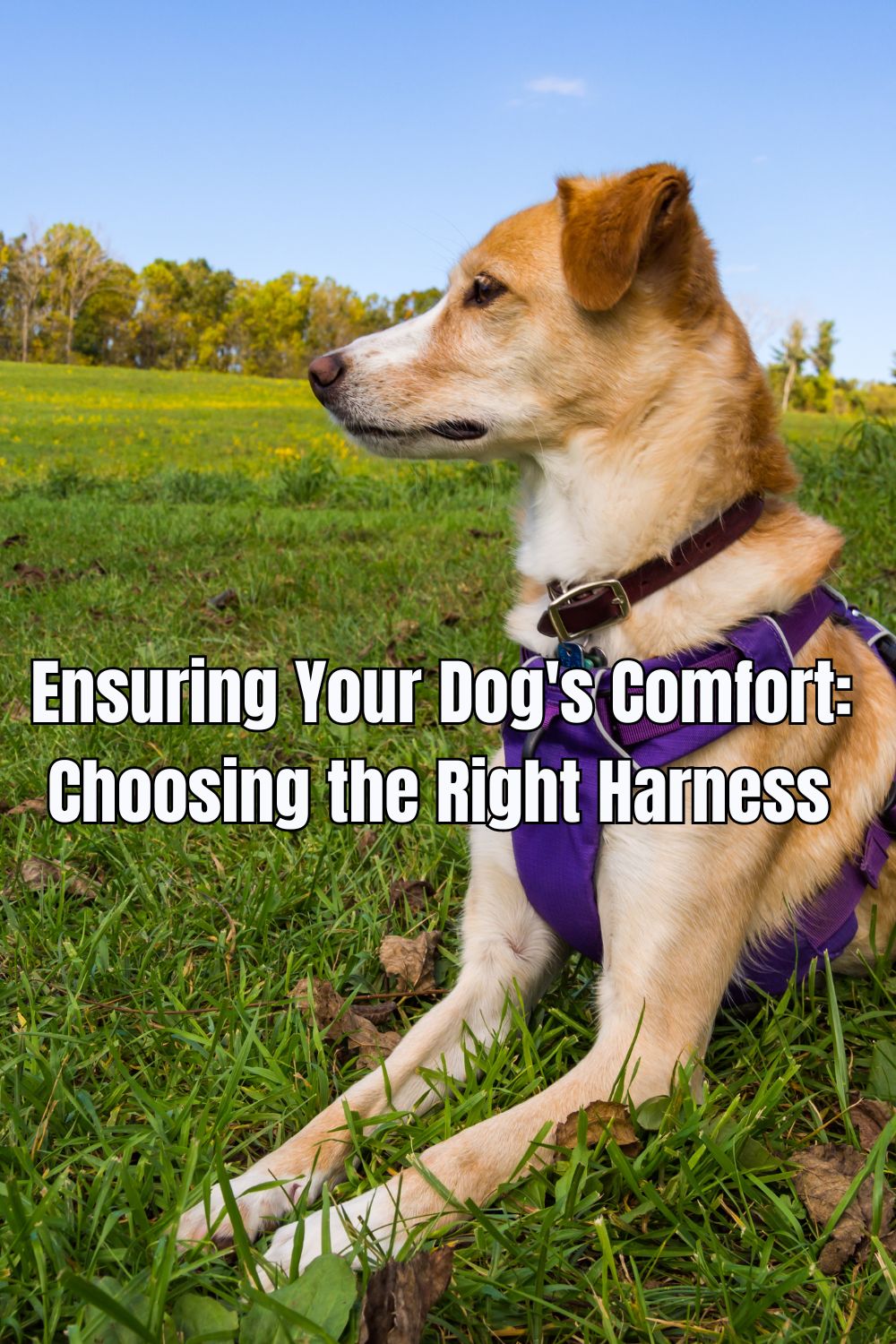Are you looking for ways to Ensuring Your Dog’s Comfort? Here are some tips on Choosing the Right Harness
Ensuring Your Dog’s Comfort: Choosing the Right Harness
Table of Contents:
- Different Harness Styles for Different Needs
- The Importance of the Right Fit
- Material Matters: What Should Your Dog’s Harness Be Made Of?
- Adjustability for Growing Dogs: What You Need to Know
- The Connection Between Harness and Behavior
- Safety Features to Look for in Dog Harnesses
- Measuring Your Dog for the Perfect Harness Fit
Key Takeaways:
- Understanding the various types of dog harnesses.
- Factors to consider when selecting a harness for your dog.
- The role of a good harness in canine health and behavior.
- How to properly fit a harness to your dog’s size and shape.
Choosing the correct harness for your dog is not just a simple purchase; it is an investment in your dog’s health, comfort, and training. A properly fitting harness can vastly improve daily walks with your furry friend. With so many options available, finding the best harness for your dog will depend on several factors, such as the fit, material, adjustability, and safety features. It is a decision that should be made thoughtfully, ensuring your dog’s comfort and control over their movements while being durable enough for everyday use.
Different Harness Styles for Different Needs
When choosing the best harness for dogs, it’s essential to appreciate breeds’ diversity and unique requirements. With so many designs and purposes available, knowing which one to choose can be overwhelming. For heavy-duty activities like hiking or agility training, consider a harness specifically made for those purposes. If your dog pulls while walking, a front-clip harness can provide control and help train away pulling behavior. On the other hand, a back-clip harness may be better suited for dogs with sensitive tracheas that may cough when using a collar.
The Importance of the Right Fit
To ensure that you select the correct harness size for your dog, it’s essential to measure your dog’s chest girth and neck circumference. Ill-fitting harnesses can cause chafing and restrict natural movement, leading to discomfort and potential injury. Determine the appropriate size for your dog’s harness to avoid these issues. So, take the time to measure your dog correctly and choose a harness that fits well and allows your dog to move comfortably. Choosing a harness that fits well and allows your dog to move freely is essential.
Similarly, an overly loose harness can slip off, let the dog escape, or result in less effective control. When adjusted correctly, a harness will distribute pressure over a larger area than a collar, reducing stress on the neck and providing increased control. It’s a balance between security and comfort, preventing health issues and improving the enjoyment of your dog’s daily activities. The right fit means your dog can run, jump, and play without the harness shifting, potentially affecting balance or causing discomfort.
Material Matters: What Should Your Dog’s Harness Be Made Of?
Different materials serve different purposes in the world of dog harnesses. Nylon is standard due to its strength, affordability, and ease of cleaning. Materials like neoprene or quick-drying meshes offer benefits like reduced chafing and fast drying times for dogs prone to allergies or those who frequent water. Selecting a harness with durable stitching and robust hardware is crucial for longevity and ensuring your dog’s safety, especially for solid pullers who like to chew on their gear.
Adjustability for Growing Dogs: What You Need to Know
Puppies and young dogs proliferate, requiring frequent harness adjustments to ensure a proper fit. Adjustable harnesses with multiple points can accommodate this growth and prevent the need for constant replacement. An adjustable harness is also an excellent choice for dogs who fluctuate in weight, ensuring comfort and a perfect fit throughout the year.
The Connection Between Harness and Behavior
While it might not be immediately apparent, the kind of harness your dog wears can influence their behavior. Harnesses that effectively discourage pulling without causing pain can aid in training your dog to walk mannerly on a leash. Conversely, a harness that allows your dog to lunge and pull without correction can inadvertently reinforce bad habits. Selecting a harness that works in concert with your training methods, encouraging good behavior, and providing the right kind of feedback and corrections when necessary is essential.
Safety Features to Look for in Dog Harnesses
A conversation about dog harnesses is complete with addressing the crucial aspect of safety. Reflective materials or add-on reflective strips are a must-have for dogs walking during low-light conditions, enhancing visibility to drivers and cyclists. Lockable buckles and secure connections prevent your dog from accidental release, especially in busy or potentially dangerous environments like city streets or near wildlife.
Measuring Your Dog for the Perfect Harness Fit
Accurately measuring your dog is the first step in acquiring that perfectly fitting harness. By measuring the broadest part of the chest and around the neck, owners can get the necessary dimensions to select a harness that allows for comfortable movement without being loose enough to wriggle out of. Always compare these measurements against the manufacturer’s size chart to avoid improper fit, and when in doubt, directly contact the manufacturer or consult a professional for guidance.


Leave A Reply!